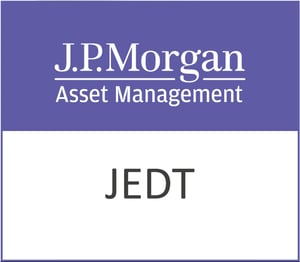As an established name in the financial services sector, Standard Chartered PLC (STAN.L) commands attention with its substantial market footprint and a diversified global presence. Founded in 1853 and headquartered in London, the company has successfully expanded its operations across Asia, Africa, the Middle East, Europe, and the Americas, offering a broad spectrum of banking products and services.
Currently trading at 1067.5 GBp, Standard Chartered’s stock sits within its 52-week range of 686.80 to 1,269.00 GBp. This recent price stability, with a slight price change of just 1.00 GBp (0.00%), suggests a period of consolidation following a year of volatility. The stock’s resilience is underscored by its technical factors, with the 50-day moving average at 1,110.82 GBp and the 200-day moving average at 959.34 GBp, highlighting a current trading position below the short-term average but above the long-term trend.
In terms of valuation, the absence of a trailing P/E ratio and a significant forward P/E of 486.10 might raise eyebrows. However, this could reflect the market’s anticipation of earnings growth, aligning with the company’s strategic focus on high-growth markets. The company’s 4.20% revenue growth rate, coupled with an earnings per share (EPS) of 1.11, suggests a positive trajectory for future profitability.
The company’s return on equity (ROE) stands at 8.21%, a figure that indicates efficient utilisation of shareholders’ equity to generate profits. Investors might find the dividend yield of 2.67% appealing, supported by a conservative payout ratio of 25.10%, which implies ample room for dividend growth or reinvestment into the business to fuel further expansion.
Analyst sentiment towards Standard Chartered is mixed, with six buy ratings, seven hold ratings, and two sell ratings. The target price range spans from 917.59 to 1,450.87 GBp, with an average target of 1,204.84 GBp, suggesting a potential upside of 12.87% from the current price level. This potential growth could entice investors seeking opportunities in the diversified banks industry.
From a technical standpoint, the Relative Strength Index (RSI) of 50.30 indicates a neutral position, neither overbought nor oversold, while the Moving Average Convergence Divergence (MACD) of -2.00, with a signal line of -7.74, points to a bearish sentiment in the short term. Investors might consider these indicators as part of a broader analysis when making investment decisions.
Standard Chartered’s extensive product offerings range from retail banking services like deposits and credit cards to complex financial market products and digital banking solutions. This diversification, along with its geographical spread, positions the firm well to navigate potential economic fluctuations across different regions.
For investors eyeing the financial services sector, Standard Chartered PLC presents a compelling case. Its strategic focus on high-growth markets, robust product portfolio, and solid dividend yield provide a promising outlook amidst evolving market conditions. However, careful consideration of the current valuation metrics and technical indicators is essential to gauge the timing and extent of investment.









































